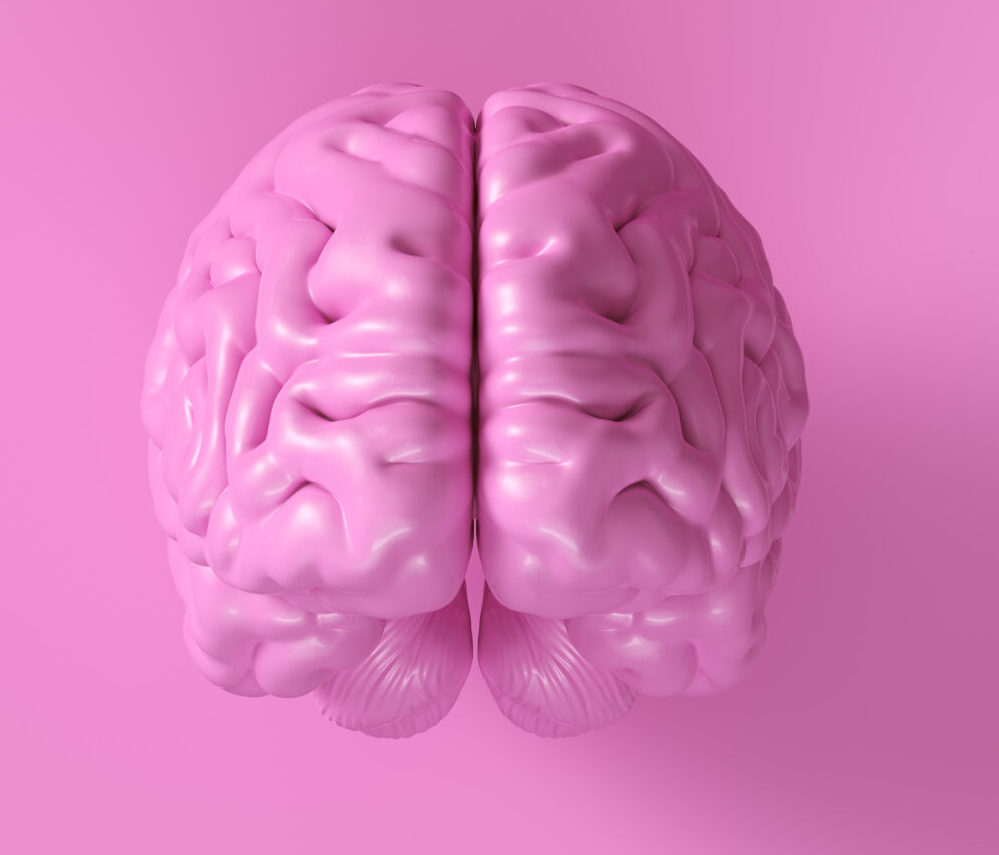Advances in Neuroimaging for Early Diagnosis
Neuroimaging has become a crucial tool in the early diagnosis of neurological conditions. Recent advancements in this field have significantly improved our ability to detect diseases at their earliest stages, which is vital for effective treatment and patient care.
### Early Stroke Diagnosis
Stroke is a leading cause of death and disability worldwide. Early diagnosis is critical for reducing the risk of long-term damage. Magnetic Resonance Imaging (MRI) is the gold standard for diagnosing strokes. It provides detailed images of the brain, allowing doctors to identify subtle changes that may indicate a stroke. However, traditional methods rely on visual interpretation, which can be time-consuming and prone to human error.
Machine learning (ML) is revolutionizing stroke diagnosis by automating the analysis of MRI scans. Techniques like convolutional neural networks (CNNs) and deep learning models can detect patterns that may be missed by human observers. These models can process large amounts of data quickly, improving diagnostic accuracy and enabling personalized treatment plans. Explainable AI (XAI) further enhances these models by providing transparent explanations for their predictions, which is essential for building trust in clinical settings.
### Alzheimer’s Disease Diagnosis
Alzheimer’s disease affects millions worldwide, and early diagnosis is key to managing its progression. Neuroimaging plays a central role in diagnosing Alzheimer’s, with MRI and PET scans being commonly used. MRI can detect structural changes in the brain, such as hippocampal atrophy, which is a hallmark of Alzheimer’s. However, interpreting these images can be complex due to the variability of disease markers.
AI, particularly deep learning models, has shown remarkable success in analyzing neuroimaging data for Alzheimer’s. These models can identify subtle changes in brain structure and function that may not be apparent to human observers. Explainable AI techniques help clinicians understand how these models make their predictions, which is crucial for developing targeted treatments.
### Prion Diseases
Prion diseases, such as Creutzfeldt-Jakob disease, are rare but rapidly progressive conditions. Early diagnosis is vital for patient care and research. Neuroimaging, combined with biochemical tests, is essential for diagnosing prion diseases. Techniques like diffusion-weighted imaging (DWI) and fluid-attenuated inversion recovery (FLAIR) are particularly useful in the early stages.
The RT-QuIC assay has also become a powerful tool for diagnosing prion diseases by detecting misfolded proteins in biological samples. This method offers high sensitivity and specificity, making it invaluable for early detection.
### Future Directions
The future of neuroimaging in early diagnosis looks promising. As machine learning and AI continue to evolve, they will play increasingly important roles in analyzing complex imaging data. Multimodal approaches, combining different types of imaging and clinical data, will provide more comprehensive insights into neurological conditions. This integration will not only improve diagnostic accuracy but also enable personalized treatment strategies, ultimately enhancing patient outcomes.
In conclusion, advances in neuroimaging have transformed the landscape of early diagnosis for neurological conditions. By leveraging cutting-edge technologies like machine learning and AI, healthcare professionals can detect diseases earlier and more accurately, leading to better patient care and improved treatment outcomes.

